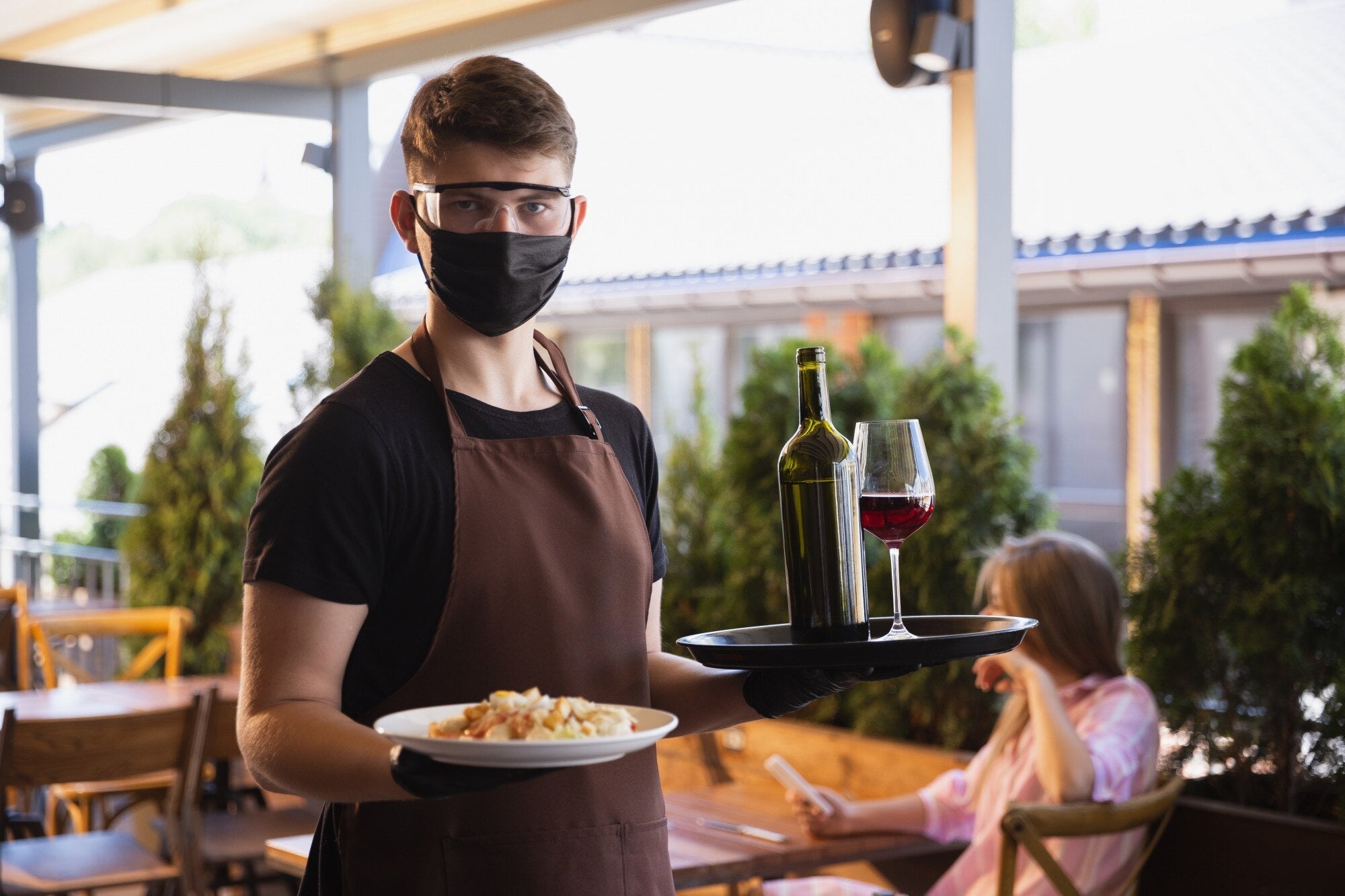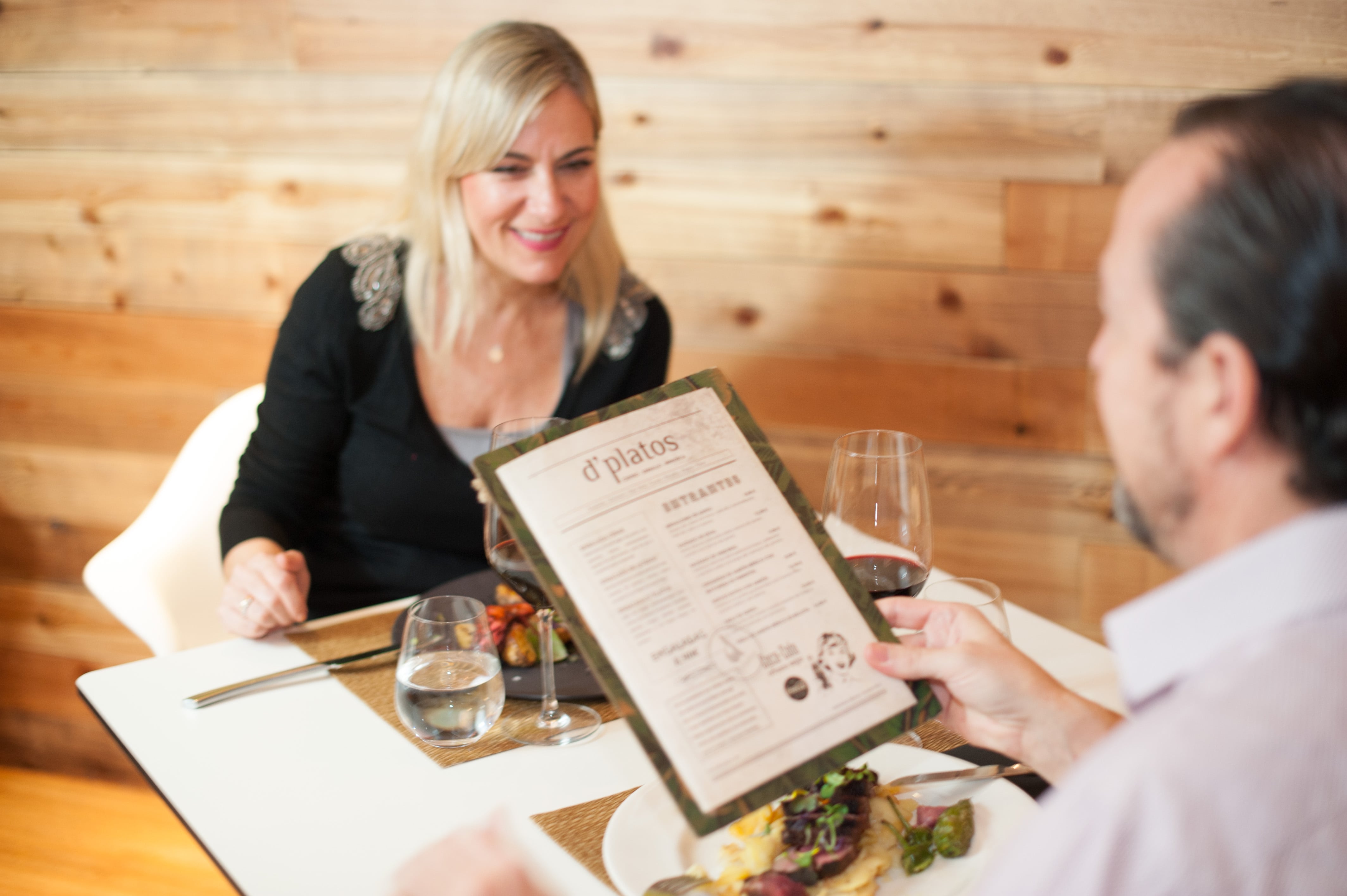
What is the Average Restaurant Profit Margin?
Profitability of a restaurant stands as the ultimate measure of business success. It reveals how much revenue remains after all expenses are paid. Strong margins provide the cushion needed to weather economic storms and invest in growth opportunities.
Business owners who master profitability create sustainable enterprises. They make calculated decisions about pricing, operational costs, and customer satisfaction. Each choice ripples through the financial foundation of their establishment.
Maximizing restaurant profit requires a delicate balance between controlling expenses and driving revenue. Smart menu engineering, operational efficiency, and strategic technology adoption form the cornerstone of profitable operations. Every optimization strengthens your competitive position and builds long-term financial stability.

Key Takeaways
- Restaurant profit margin typically ranges from 5-10%, with quick-service establishments achieving higher margins than fine dining due to streamlined operations and lower overhead costs.
- Menu engineering drives profitability by focusing on high-margin items, strategic pricing, and ingredient cost analysis to maximize returns while maintaining customer satisfaction.
- Labor costs represent the largest controllable expense, requiring data-driven scheduling, cross-training programs, and efficient staff management to optimize performance without compromising service quality.
- Technology integration reduces operational costs through QR code menus, digital ordering systems, and inventory management software that eliminate waste and improve accuracy.
- Location strategy balances revenue potential with rent costs, as prime locations generate higher sales but command premium rents that can erode overall profitability.
- Profit culture requires leadership commitment and team engagement, with training programs, recognition systems, and clear performance expectations that align individual actions with business financial goals.
How to Calculate Restaurant Profit and Set Realistic Goals?
The restaurant profitability calculation provides a clear snapshot of financial performance. This percentage reveals the portion of revenue that translates into actual profit after all expenses are deducted.
Begin by gathering comprehensive financial data from your chosen timeframe. Most restaurant owners analyze annual figures, though quarterly assessments can provide more frequent insights. Document every revenue source and operational expense with precision.
Revenue encompasses all income streams. Food sales, beverage profits, delivery fees, and ancillary services contribute to total earnings. Expenses include food costs, labor wages, rent payments, utilities, insurance, and equipment maintenance. Then, use the following formula:
Profitability of a restaurant = (Revenue - Expenses) / Revenue x 100.
Compare your results against industry benchmarks. Fine dining establishments often operate on lower margins due to premium ingredients and elevated service standards. Quick-service restaurants frequently achieve higher percentages through streamlined operations and efficient cost structures.
How to Set Realistic Goals to Increase Profits
Profit optimization demands targeted approaches across multiple operational areas. Identify your highest-margin menu items and promote them strategically. Focus on dishes that combine popular appeal with cost-effective ingredients to minimize waste and maximize returns.
Revenue diversification creates stability during seasonal fluctuations. Consider catering services, private events, retail merchandise, or cooking classes. Multiple income streams provide financial resilience when core operations face challenges.
Establish measurable short-term objectives. Target a 3-5% sales increase over the next quarter while simultaneously reducing food costs by 2%. These incremental improvements compound over time, creating substantial financial gains.
Long-term strategies should address fundamental business operations. Customer retention programs, staff training initiatives, and facility improvements require initial investment but generate sustained profitability improvements.

Average Profit Margins by Restaurant Type
Restaurant profit margins vary significantly across different service models and operational structures. Understanding these variations helps owners set realistic expectations and identify opportunities for improvement.
Fast-casual restaurants typically achieve the highest margins, ranging from 6-9%, due to limited table service and streamlined operations. Quick-service establishments follow closely with 6-8% margins through efficient processes and high-volume sales.
Full-service restaurants generally operate on lower margins of 3-6%, reflecting higher labor costs and more complex operations. Fine dining establishments often see the lowest margins at 2-5%, as premium ingredients and elevated service standards increase operational expenses significantly.
Food trucks and mobile vendors can achieve impressive margins of 7-12% by eliminating rent costs and maintaining minimal overhead. However, these operations face unique challenges including weather dependency and limited serving capacity.
Specialty restaurants like pizza shops or coffee houses typically maintain margins between 5-8%, benefiting from focused menus and predictable ingredient costs. Understanding your restaurant category's typical performance provides valuable benchmarks for financial planning and goal setting.
Top Factors Affecting Restaurant Margin
Several controllable variables directly influence your restaurant profitability. Understanding these factors empowers owners to make informed decisions that drive profitability upward.
Menu Engineering Excellence
Menu design dramatically impacts financial performance. Overly complex offerings with expensive ingredients or limited appeal can devastate profit margins. Conversely, strategic menu curation maximizes both customer satisfaction and financial returns.
Streamline your offerings by concentrating on proven high-margin items. Analyze each dish's profitability quarterly and adjust pricing to reflect current ingredient costs. Seasonal menu rotations allow you to capitalize on affordable, fresh ingredients while maintaining customer interest.
Price psychology plays a crucial role in menu success. Strategic placement of premium items can guide customers toward mid-range options with better margins. Remove or redesign unprofitable dishes that drain resources without generating adequate returns.
Professional presentation materials from KyivWorkshop can elevate your brand image and justify premium pricing strategies. Quality accessories signal attention to detail and commitment to excellence.
Labor Cost Optimization
Staff management represents one of the largest controllable expenses affecting restaurant profit margin. Proper scheduling prevents both overstaffing during slow periods and understaffing during peak hours.
Implement data-driven scheduling based on historical sales patterns. Technology solutions can predict optimal staffing levels for different days and times. Cross-training employees creates flexibility, allowing fewer staff members to handle multiple responsibilities effectively.
Understanding the role of a restaurant manager becomes crucial for optimizing staff performance. Quality training programs improve employee efficiency and reduce turnover costs. Skilled staff members provide better customer service, leading to increased tips, repeat business, and positive reviews.
Strategic Location Management
Rent costs significantly impact the average restaurant profit margin, particularly in premium locations. While location influences customer traffic, excessive rent can eliminate profitability regardless of sales volume.
Negotiate lease terms that include percentage rent clauses or seasonal adjustments. Some landlords offer reduced rates during traditionally slow periods in exchange for higher payments during peak seasons. These arrangements can improve cash flow and overall profitability.
Consider alternative locations that offer better rent-to-revenue ratios. Emerging neighborhoods or secondary locations often provide excellent opportunities for building a loyal customer base without premium location costs.
Inventory and Food Cost Control
Food costs directly correlate with profit margins. Poor inventory management leads to waste, spoilage, and inflated expenses that erode profitability.
Implement robust inventory tracking systems that monitor usage patterns and identify waste sources. Establish par levels for all ingredients and track variance from projected usage. Regular inventory audits reveal discrepancies and prevent theft or misuse.
Supplier relationships significantly impact food costs. Develop partnerships with multiple vendors to ensure competitive pricing and reliable delivery. Negotiate volume discounts and payment terms that improve cash flow while reducing overall costs.

Strategies to Increase Profits
Improving operational efficiency is key to boosting restaurant margins. Streamlining processes, such as service time and staff coordination, can reduce overhead costs and enhance customer satisfaction. You may also implement technology to monitor daily operations and automate repetitive tasks.
Efficient inventory management can also contribute to a higher profitability for restaurants. By tracking stock levels and identifying waste, you can reduce unnecessary spending. Invest in inventory management software to avoid overstocking and cut costs in the long run.
To increase restaurant profits, focus on optimizing your supply chain and minimizing delays. Faster service improves customer experience and increases table turnover. Consistent monitoring allows managers to spot inefficiencies quickly, leading to continuous improvements that increase profits over time.

Leveraging Technology to Boost Restaurant Margin: QR Codes and Digital Tools
QR codes for menus eliminate the need for printed materials, reducing costs and waste. They also speed up ordering, allowing waitstaff to focus entirely on customer service. The ability to update menus instantly ensures accurate prices and items, improving restaurant profitability.
A QR code sign is a highly efficient tool that can lower operational costs. Placing QR signs at tables allows customers to access the menu and quickly place orders. This feature speeds up the ordering process and reduces the need to hire more staff. Ultimately, this technology improves both the customer experience and restaurant profitability.
Creating a Culture of Profitability
Building a profit-focused culture requires leadership commitment and team engagement. When profitability becomes a shared goal, every team member contributes to financial success through daily decisions and actions.
Management sets the tone through example and communication. Regular discussions about financial goals, cost control, and customer satisfaction create awareness of each employee's role in business success. Transparent communication builds trust and encourages collaborative problem-solving.
Recognition programs reward behaviors that support profitability. Acknowledging employees who suggest cost-saving ideas or consistently provide excellent service encourages others to contribute similarly. Financial incentives tied to performance metrics create direct motivation for profit-supporting behaviors.
Professional service accessories like check presenters create memorable final impressions that encourage customer return visits. These details demonstrate attention to quality throughout the entire dining experience.




Leave a comment
This site is protected by hCaptcha and the hCaptcha Privacy Policy and Terms of Service apply.